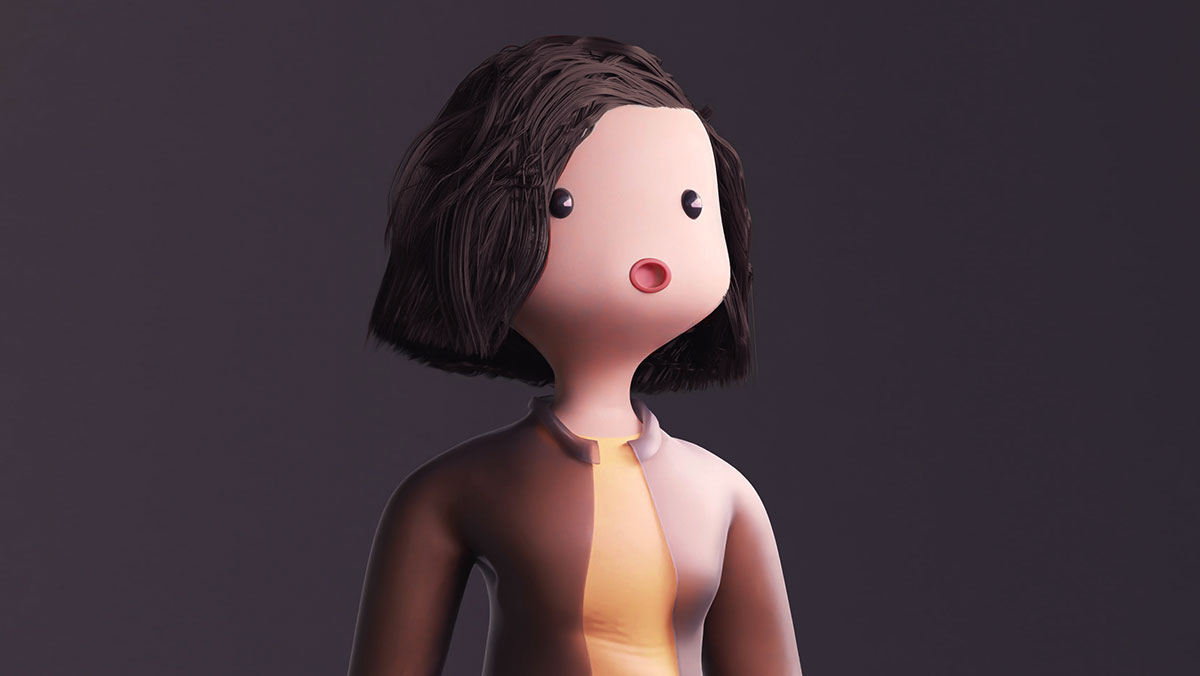
If there’s one thing there’s been no shortage of lately, it’s commentary about the metaverse. I realize it’s somewhat ironic that I’m kicking off an article about the phenomenon by complaining there’s too much stuff like this. But honestly, bear with me. It will all make sense in the end.
One of the stories in this vein doing the rounds recently was about the metaverse-exclusive introduction of Coca-Cola Zero Sugar Byte. Fans were invited to contribute with their ‘most creative guesses’ around what pixels might taste like. I could hazard a few creative speculations.
Hats off, frankly, to Coca-Cola for pulling off a pretty stylish “metaversal” debut. No doubt, many more brands will follow in their wake, dutifully following the playbook and wondering why they’re not making global headlines (hint: because they’re not Coca-Cola).
At the risk of inviting “OK boomer” jibes from half my team, this does all have a bit of a Second Life vibe about it. For those of you scratching your heads now, Second Life was meta before Meta was a thing. It was (still is, actually) a complete virtual world where you could interact, transact, play, and work. There was a brief gold rush of brands creating stores and building virtual products. My best guess is all those brand stores and virtual clothes are still out there, gathering pixel-dust on ‘the grid’ (as it was known). I’m pretty sure there’s still a cross-dressing stick-insect avatar with my name on it dancing alone in a bar.

The thing that sunk Second Life back in the day is arguably the same thing that is confusing folks today about the ‘promise’ of an immersive experience that looks and feels like an inferior version of the world we already live in. “Hang out with your friends, play games, chat, and work together in the Metaverse” is only a compelling proposition if that experience offers something better than real life does. And the thing about the real world is that it is pretty awesome. Our bodies are designed to respond to it with all our senses. If we weren’t aware of it before 2020, we sure are now. Seeing people for real, hugging, eating, drinking, dancing – are all better than a video call. Who knew?
I have to say, it’s a challenge we understand well at our studio. We’ve been in the business of trying to capture the full sensory richness of the world on screen for over a decade. As food specialists, we’re well-versed in the challenge of how to communicate all those wonderful human things like desire, sensuality, taste, smell, and touch.
Without getting too esoteric, putting something in your mouth and consuming it is a pretty intimate thing. We’re attuned to all kinds of subtle details with regard to the way drinks and foods move, fall, crumble, break, respond to heat, cold, stirring, slicing… all of it connects with our most basic reptile brains. It fires off complex and nuanced dopamine responses that tickle the same neurons as are fired when we fall in love, have sex, or experience a narcotic high.
With a technically rigorous focus on designing images, forensic attention to lighting, by playing with speed ramps, slow motion, and a range of practical production tricks, it’s possible to trick our basic reptile instincts to respond. It’s how we conceived the whole concept of “Culinary Identity”, where very specific visual cues, associated with particular foods and drinks, are attributed to a single brand. We learned that our responses can be stimulated in such a way that we build an association with consistent expressions. To borrow a line from our meta-friends at Coca-Cola, you really can “taste the feeling”.
There is a place for a more immersive, connected world where the digital and the physical come together. But I question whether there’s really anything particularly new about it. What certainly isn’t new is the way our minds respond to sensory cues. Until that changes, I’ll pass on the taste of pixels and stick to the real thing.
Cover image source: Vadim Bogulov
